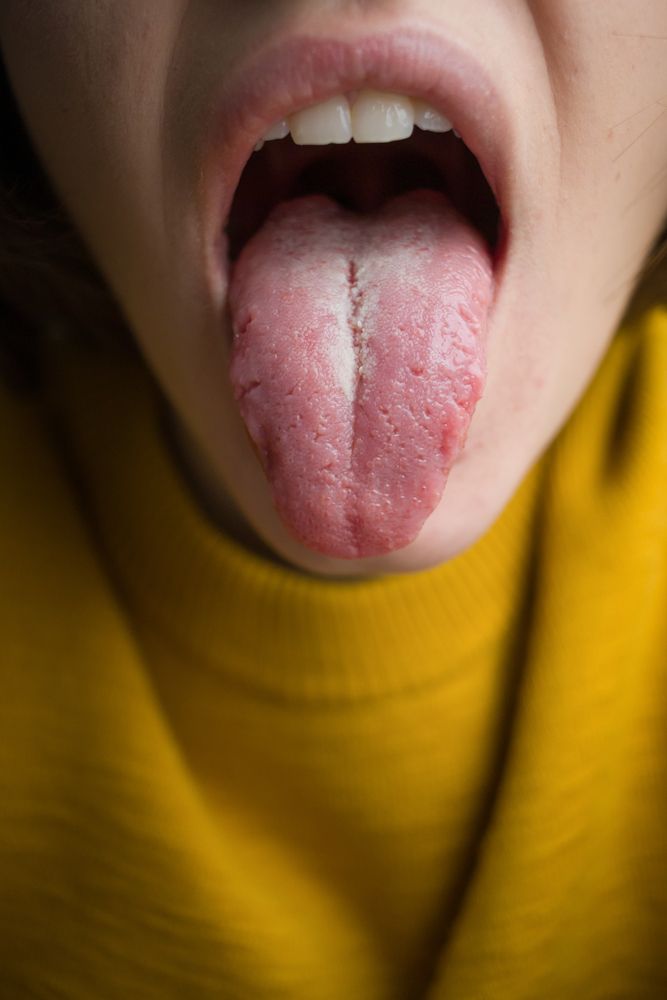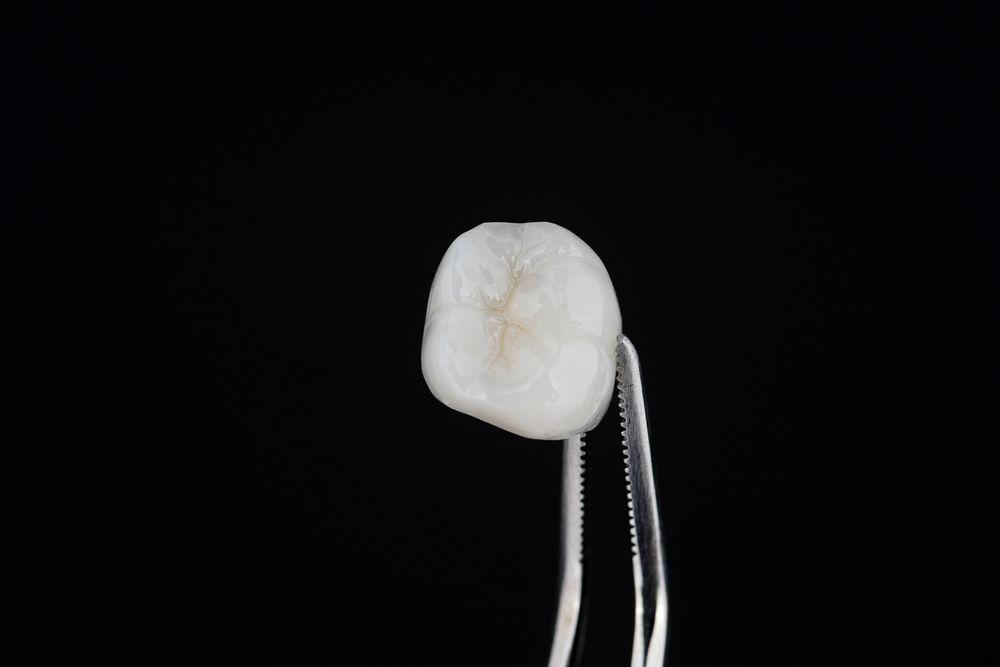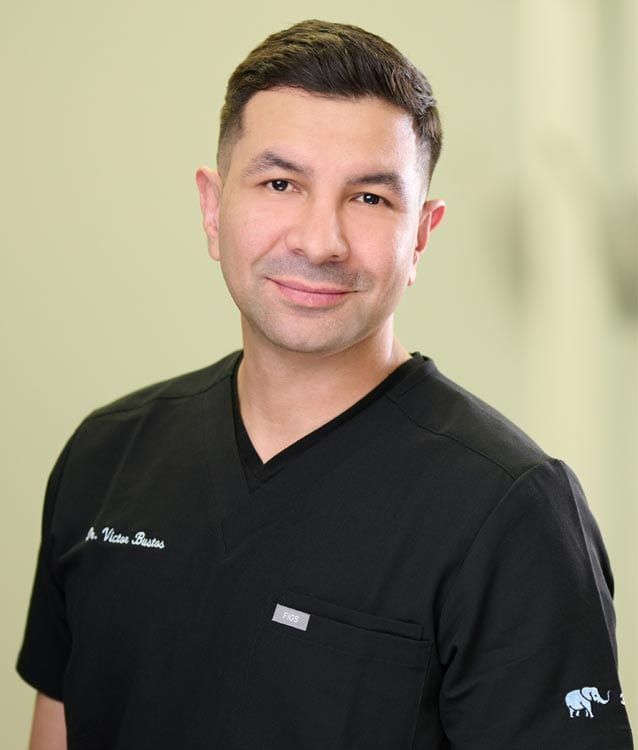The concept of conservative care is being discussed in various medical industries. The underlying philosophy of conservative care is to provide treatment without removing tissue or using surgical approaches. Numerous approaches vary from medical field to medical field. Common starts include non-surgical approaches, medication, therapeutic approaches, and minimally-invasive procedures.
How Dentistry Applies The Conservative Care Approach
Dental conservative care approaches focus on preserving healthy tissue and avoiding extraction procedures. Preservation, ceramic, and therapeutic approaches are all used in favor of more damaging approaches. Your dentist can use these treatments to address dental overcrowding, bruxism, misaligned jaws, damaged teeth, dental staining, and other cosmetic concerns. The first step in any treatment approach is diagnosis using the latest forms of imaging, including CBCT and intraoral cameras. These tools can produce a clear image of your oral structures and determine the best approach to treatment.
This comprehensive oral health imaging is the foundation of developing a treatment plan. This process will ensure that you can protect oral health by preserving gingival tissue, restoring decayed or damaged teeth, and other concerns. Some of the most common conservative treatment approaches include the following:
- Metal and Ceramic Braces – This form of non-invasive treatment is used to address misaligned teeth. Misalignment can create serious concerns for your oral health. It creates spaces where food debris and biofilms such as plaque and tartar can form and avoid brushing. Further, they can address overcrowding that can place damaging pressure on adjacent teeth.
- Clear Aligners – This form of orthodontic appliance is a more recent innovation in orthodontic care. These aligners have become increasingly popular. This popularity is due to their transparent design and ability to be removed for up to two hours a day. This makes performing dental hygiene easier and makes it easy to continue enjoying your favorite foods.
- Palatal Expanders – Those with developmental concerns involving underdeveloped upper palates can receive treatment using palatal expanders. These are not surgical in nature but rather use specifically applied pressure to encourage the expansion of the upper palate. Misalignment and dental crowding are common in those with underdeveloped upper palates.
- Dental Whitening – This is the most popular form of conservative approach to dental care. This process involves the application of a peroxide solution to the teeth. This peroxide solution helps break up the proteins that cause staining on the teeth. Professional treatments use a special light to enhance the effectiveness of the whitening treatment.
These four treatments represent the most popular forms of conservative dental care used today. However, they are only a small representation of the available treatment options.
Communicate With Your Dentist About Conservative Care
Your dentist can provide additional information about conservative treatment approaches available at their clinic. These treatment options are becoming increasingly available at dental clinics worldwide. Speak to your dentist about scheduling your next consultation at their clinic. Together you’ll discuss treatment options that are available and which are appropriate for your oral health.






